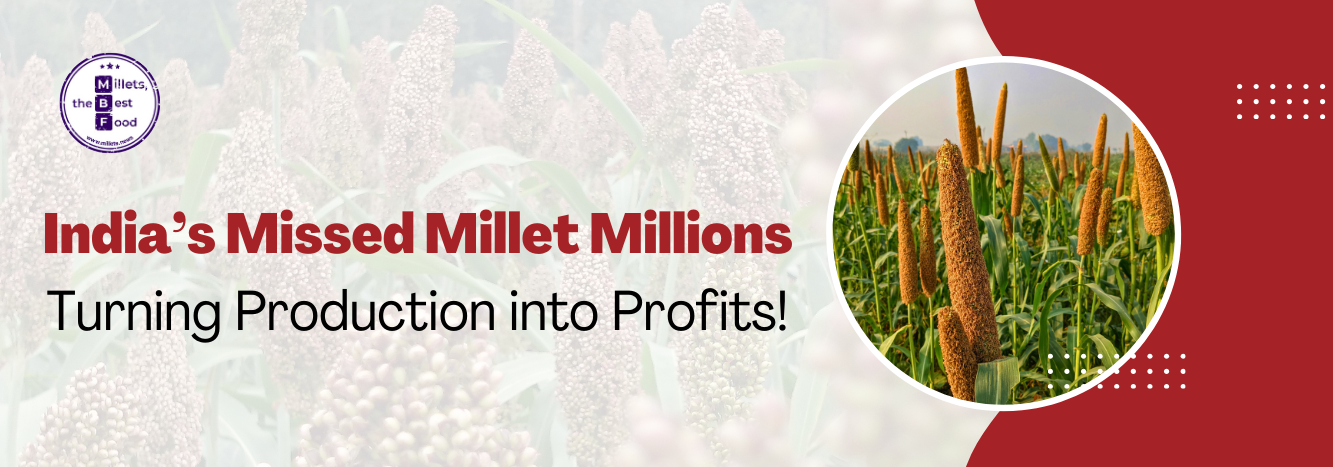
India leads global millet production, accounting for 41% of the world’s supply, yet it captures less than 5% of profits from branded millet products. This pattern extends to other exports like milk, spices, pulses, and basmati rice.
Globally, supermarket shelves feature quinoa from South America, turmeric drinks from the USA, and European olive oil, but Indian millet products are scarce. Despite exporting $43 billion in food annually, India’s share of the global packaged food market remains below 2%.
Smaller nations like Belgium and the Netherlands outperform India in processed and branded foods by prioritizing appealing packaging, strong branding, and compliance with international quality standards—areas where India must improve.
New Trade Opportunities
On August 6, 2025, the US imposed 50% tariffs on Indian goods due to India’s continued oil purchases from Russia, a move Indian officials criticized as unfair. In response, India is diversifying its trade:
However, trade agreements alone won’t suffice. Without improved branding, packaging, and certifications, Indian products risk being overlooked on global shelves.
Steps Forward
India has robust storage, transport, and shipping infrastructure. To seize this millet opportunity, it should:
© 2023 - 2025 Millets News. All rights reserved.